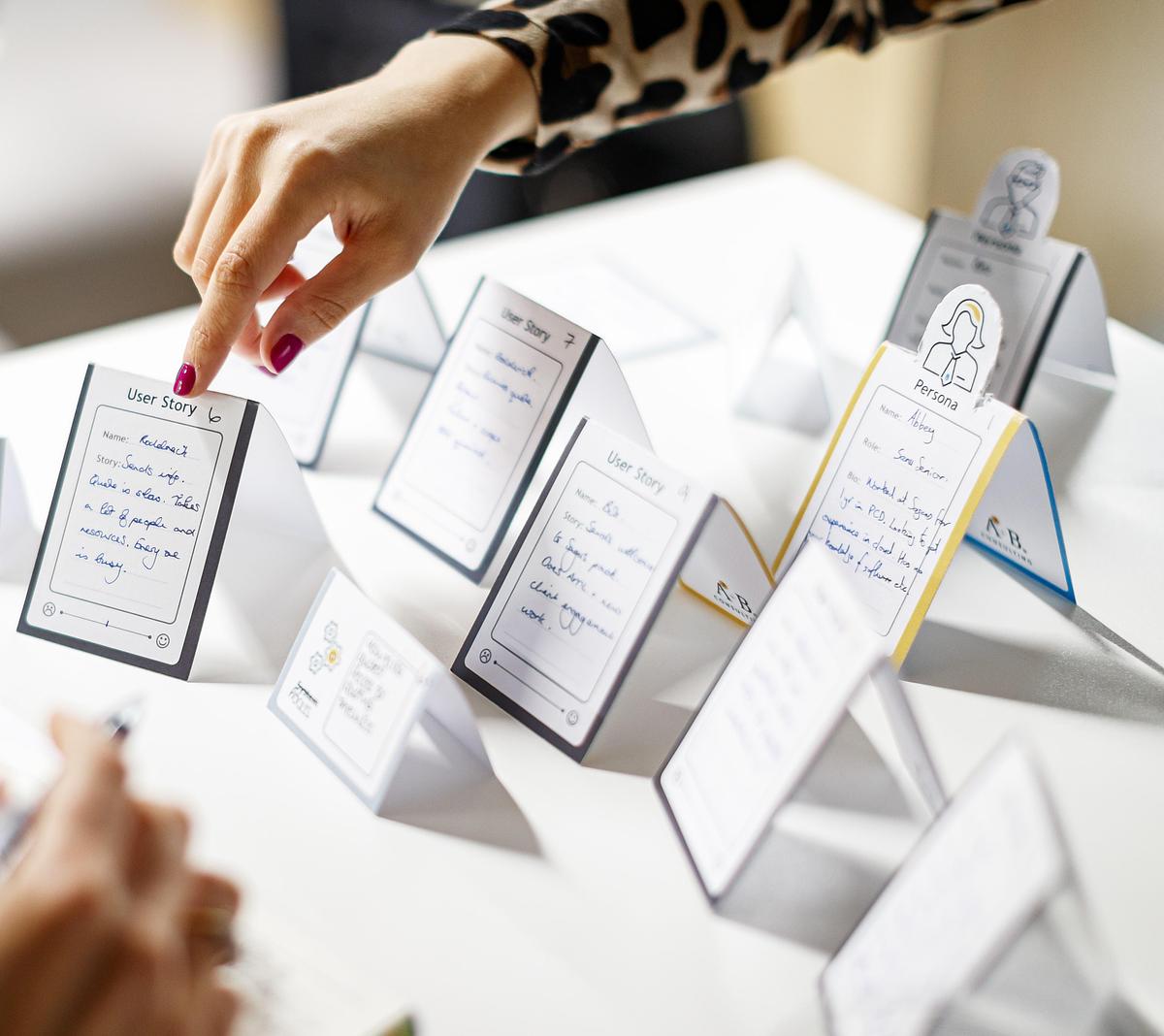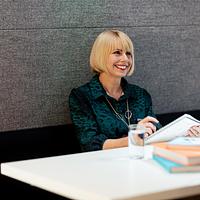Getting education right in the current economic environment is so important. As Kim Nilson said, in a recent Forbes article, “The advent of the fourth industrial revolution has increased scrutiny around the way in which we educate people.”
It is also personally important to me, with a 17-year-old daughter about to step into the world of University open days and course decisions. There’s a powerful parental obligation to get it right – to ensure that the institutions live up to your child’s hope and dreams.
I mentioned in a previous blog ‘Moving Mountains with a Pebble in Your Shoe’ about Higher Education institutions generally being in business of transformation – transforming lives with the learning experience and the opportunities generated by that experience. However, I observed that many also struggle with their own organisational transformations.
Ideally, in a modern organisation, these changes would be driven by user needs and expectations. So, in this disruptive, connected world, what expectations will be shaping the student experience of the future?
We at AAB Consulting, recently ran a workshop for a group of 16 and 17-year-olds, asking this very question. What do they want from the University of the Future? We used service design tools, guiding them through a series of collaborative tasks, including persona development and journey mapping, to explore the expectations of prospective and current students as they engage with education opportunities.
The tools were powerful – especially our favourite ‘Origami’ journey cards - provoking focused participation from the attendees and shared ownership of ideas and observations. We were blown away by their enthusiasm, but also by the themes that surfaced.

For example, the strong need for tangible physical orientation – to understand and be able to navigate their new environment and the players within it; the unshakable alignment of a University education to cold, hard cash; the real awareness of, and desire for, diversity and inclusion; and the need for the recognition of participation advancement in, subjects beyond the core degree.
These, and other, themes were so rich in detail, that only a short series of forthcoming blogs will do it justice.
But once our brilliant participants departed, we reflected on the question of whether these themes would have surfaced, or whether the ideas and honesty of observation we experienced would have been reflected by students already ‘in the system’.
We already know that too many institutions look at competitors to benchmark their activity. Some of those on their transformation journey are now understanding the importance of really engaging with existing students to get to the heart of their needs. But these students have already been exposed to and influenced by the structure and process integral in Universities.
In the pre-application, pre-student environment however, children and young adult’s lifestyles are changing at lightning pace. They are being shaped by the experience of interacting with the world’s cutting-edge brands and technologies. They have significant expectations. And, they are not used to compromising – the present industrial revolution is not patient or forgiving.
Dipping into this environment, and doing user research ‘before they become users’, is surely a rich seam of insight, that might help Universities and other large organisations get a head start on the predicting the shape of their transformation to come. And importantly, to prioritise and align their efforts.

